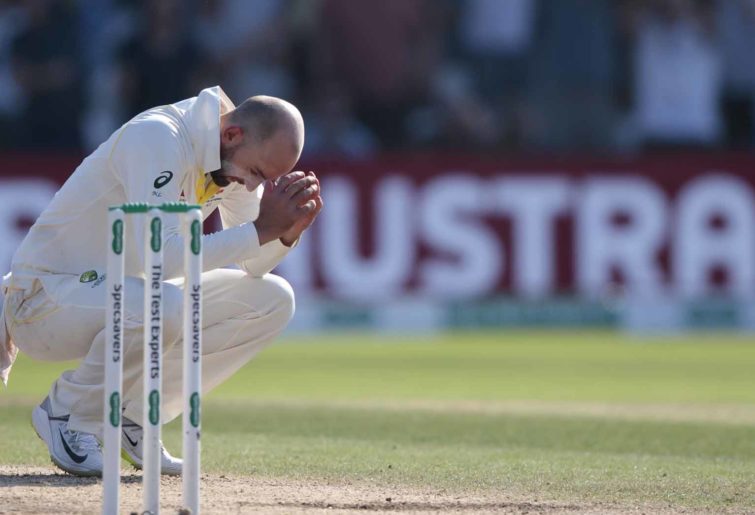World Cup chances up in the air but Smith makes Major call on T20 future, Green dumped despite huge IPL deal
Test great Steve Smith is to play for Washington Freedom in the second season of Major League Cricket as the Australian influence in the…
Opinion
As the Tests against New Zealand are officially underway, it has become evident how unlucky the ground selections for the series are.
When the Cricket Australia schedule was being organised, it was always going to be Melbourne and Sydney for the second and third matches due to the annual traditions that are the Boxing Day Test at the M.C.G as well as the New Years and Glenn McGrath Foundation Test at the SCG.
However, either Manuka Oval, Blundstone Arena or the Perth Stadium were the front-runners to be chosen to host the first Test of the series against our Tasman neighbours. As expected, it was decided that the Perth Stadium should host the first Test of the series and its second Test ever.
Due to the fact that the Perth Stadium has a highly advanced lighting system and even holds the record for the most LED lights for any stadium in the entire world, with this game Western Australia will host its first-ever day-night Test match.
At the time when these locations were announced, no controversies were caused as all the selected grounds had perfectly logical and sensible reasoning behind why they were selected. Unfortunately, due to abnormal weather and a national emergency, I believe these grounds are no longer suitable for Test cricket this summer.
Let’s begin with Perth. Perth has had many hot days already within these last couple of months, but the peak of the heat occurs during the Test match. In Burswood (which is the suburb where the Perth Stadium is located), three days of play are expected to reach maximum temperatures of over 40°C, with the other two days still not being ideal for a long day’s play, reaching predicted top temperatures of 39°C and 33°.
To put it in perspective, according to the Bureau of Meteorology, this is Perth’s hottest December week in 26 years. These temperatures aren’t good for both the players and the spectators.

(AP Photo/Jon Super)
For the crowd, the majority of the ground has very little or no protection from the sun, in particular spectators in the Langer Stand on the River End. The only area which is well shaded 90 per cent of the time or more is the members area.
Whether this feature was designed on purpose or not to give the members the best seats in the house still remains unknown and unclear. This will effectively cause low attendance rates and bring a noticeable loss of money into the game both in Western Australia and all of the country in general.
For the players, this heatwave is a massive concern. It is commonly known that warm weather can affect someone’s physical well-being via heavy sweating, dehydration, headaches, nausea, dizziness, cramps and overall exhaustion. This will lead to the introduction of many more drinks breaks as well as much shorter bowling spells.
These ideas were also coincidentally used on the 14th of December in 2018 in Perth, during the first day of the second Test against India. The temperature of that day got up to 39°C at its peak, causing the Indian fast bowlers to have as little as three over spells.
Due to this, the spin bowling options of Hanuma Vihari and Murali Vijay became a go-to move. I believe similar occurrences will happen a lot in this test, with Nathan Lyon and Marnus Labuschagne for Australia and Mitchell Santner and Todd Astle for New Zealand.
As a whole, this Test will be an interesting one as it seems that it may turn out to be a battle of the spin bowlers but also, a battle to keep the crowd attendance above 13,000 every day as well.